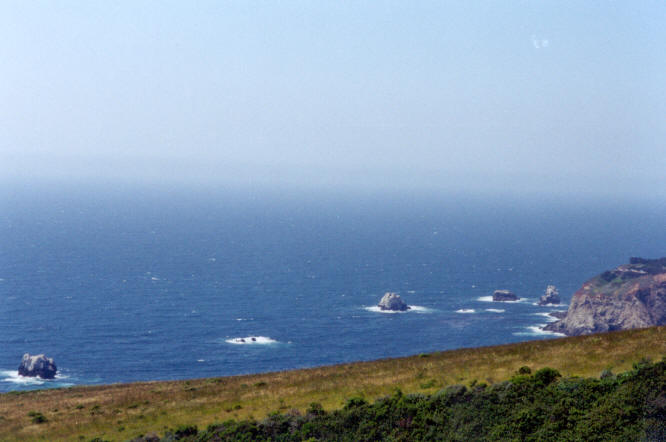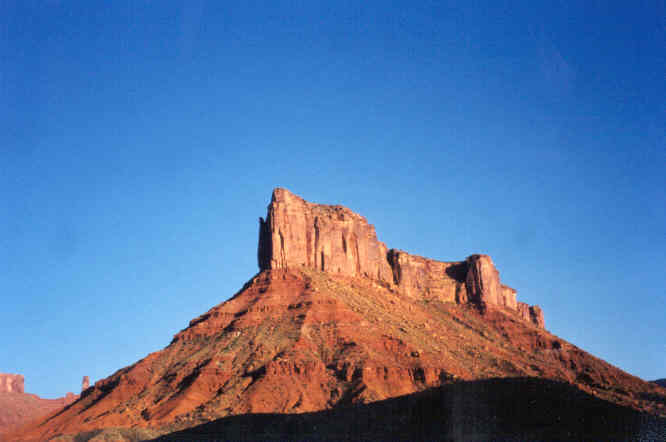

Environmental Impact

Earth has been evolving into this wondrous, magnificent system for billions and billions of years. From climate, to oceans, to forests and deserts, there is an intricate interdependency between all of Earth’s systems, a relationship that has helped to form these beloved ecosystems.
The Earth, as we love it, is a result of this interconnectedness of all of its parts. The sun, along with the Earth’s internal heat, provides the energy to fuel our dynamic planet. This energy is responsible for activity in Earth’s four spheres: the atmosphere, hydrosphere, lithosphere, and biosphere. These parts are not independent systems, each affects another.

Climate greatly influences the biosphere. Specific regions within the biosphere, termed biomes, are correlated to specific climatic regions. Temperature, precipitation, humidity, insolation, atmospheric pressure and winds, air masses, cloud coverage, and weather disturbances determine the ecosystem.
There are several biomes in the western United States: coastal ecosystems, temperate rainforests and forests, mountain ecosystems, grasslands, deserts; all a result of climatic factors.


Wind and water have sculpted the landscapes surrounding us. These forces have meticulously weathered the earth, creating the very places that Americans hold so close to our hearts, such as Arches National Park, the Grand Canyon, the Rocky Mountains, and the California coastline. Housed within these places is a wealth of life, adapted to their habitat over generations and generations of evolution, so rich in biodiversity that we still discover new species. This biodiversity is vital for the continued health and survival of these ecosystems, as the ability of a species to survive rests on its ability to adapt quickly enough to changes in its environment.

We inherently value the purity of our few remaining natural
areas, so much so that we have reserved certain places as off-limits to our
relentless development. We have decided to protect these places, as National
Parks and National Forests, for a reason: we recognize the importance of
protecting the natural world, both for its value to us, and for its value in and
of itself.
We recognize that in just 700 years or less, humans have begun to break down the systems that ensure the survival of the Earth, polluting the water, air, and land with potentially irreversible consequences. We are leaving a huge ecological footprint on the Earth.
The sheer numbers of the human population is enough to deplete the quality of the environment, but our actions and values will destroy it. Even the places that we have reserved as sacred are being adversely affected. The overuse of our National Parks and Forests can be seen by untrained eyes. The smog that fills the Grand Canyon, the constant parade of people through Arches National Park, the dwindling of aquatic life along the California coastline, traffic jams in the Rocky Mountains. The damage resulting from our decisions and actions can be seen everywhere we look.
The most devastating decision of all has been our choice and overuse of fossil fuels as our source of energy. The extraction, processing, and combustion of coal, oil, and gas, and the processes of nuclear energy, has left vast environmental dilemmas, societal dilemmas, and sustainability doubts. One of the current fears surrounding the continued use of these detrimental energy sources is concern over potential climate change. Global warming has become a buzzword even beyond the scientific community, as the enormous impacts that it can have on the Earth’s systems come to the forefront of our consciousness. We know that a small increase in temperature globally can bring about tremendous changes in our local biomes. Heavier and more frequent rains may be a result of an increase in temperature, although some areas will become drier. Delicate areas that are so loved by Americans, such as the Rocky Mountain alpine meadows, can disappear, and many species will not be able to adapt quickly enough to survive. Human stresses to the environment, such as air, water, and soil pollution, and habitat destruction, will be magnified, causing irreversible consequences (World Watch Magazine, Sept/Oct 2000).

What can we do to begin to stop and reverse the impact that we are having and will continue to have on the Earth’s systems? We can begin by becoming conscientious of the footprint that we are leaving on the Earth. We can modify our daily living patterns to reflect the respect and wonder we feel for the Earth’s systems. We can exercise our powers of consumerism and our powers as voters by supporting industries and officials who work with the needs of the environment and society. Most importantly, we can become informed about the consequences of our lifestyles and energy choices, and we can learn about and begin to support alternatives. Change will follow enlightenment.


NEXT (Traditional Energy Sources)